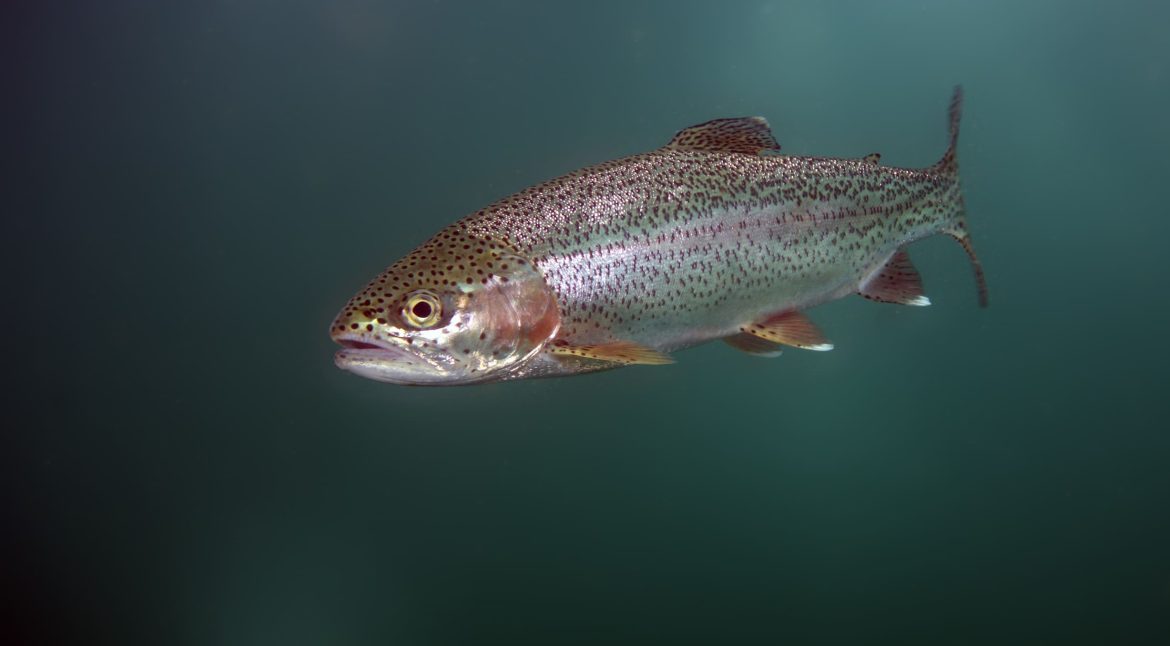Aquaculture long-term sustainability depends on the successful replacement of fish meal (FM) by alternative raw materials. Until now, FM replacement without compromising growth and/or wellbeing has been generally limited to 50-75% in most carnivorous fish species. FM replacement is still majorly based on vegetable protein sources, particularly on soybean meal (SBM). High FM replacement with SBM is known to decrease growth, feed intake, energy and fat digestibility, and inducing an inflammatory response in the distal intestine (Klinger and Naylor, 2016). The specific mechanisms are not fully understood and are probably multifactorial. Recently, the use of high-throughput tools in fish species has shown that nutritional interventions induce an altered profile of particular circulating miRNAs in blood plasma, which are considered a new class of integrative biomarkers (Toledo-Solís et al., 2021).
Here, the effects of feeding rainbow trout (Oncorhynchus mykiss) juveniles (23.2 ± 0.2 g mean weight) with diets containing 12% of FM and 8% of SBM (Control diet) or 0% of FM and 26.2% of SBM (SBM diet) during 63 days were characterized in triplicates. Fish growth performance, feed apparent digestibility, activity of digestive enzymes, and histopathological analysis were performed. The identification of differentially expressed circulating miRNAs from blood plasma was conducted using small RNA-Seq analysis.
Fish fed SBM and Control diets did not shown differences in growth, SGR, FCR, fillet’s proximal composition and hepatosomatic index. However, Control fish showed a significantly lower viscerosomatic index (13.8 vs 18.1%). Also, Control fish had higher amylase (51.7 vs 30.8 u/mg) but lower aminopeptidase (21.6 vs 32.0 u/mg) enzymatic activities than fish from SBM group. Histological analysis revealed that fish fed with the SBM diet had higher number of microvilli fusions in proximal intestine, and lower brush border integrity and submucosa layer width in distal intestine. Analysis of miRNAs from the blood plasma of 10 specimens (5 from each group; with 15-22 million reads) identified 5 particular miRNAs differentially expressed. Present results allowed us to identify new biomarkers of total FM replacement by SBM. Furthermore, the bioinformatic prediction of targeted mRNAs by these 5 miRNAs has enable us to identify new molecular pathways explaining the physiological impact of FM replacement by SBM.

